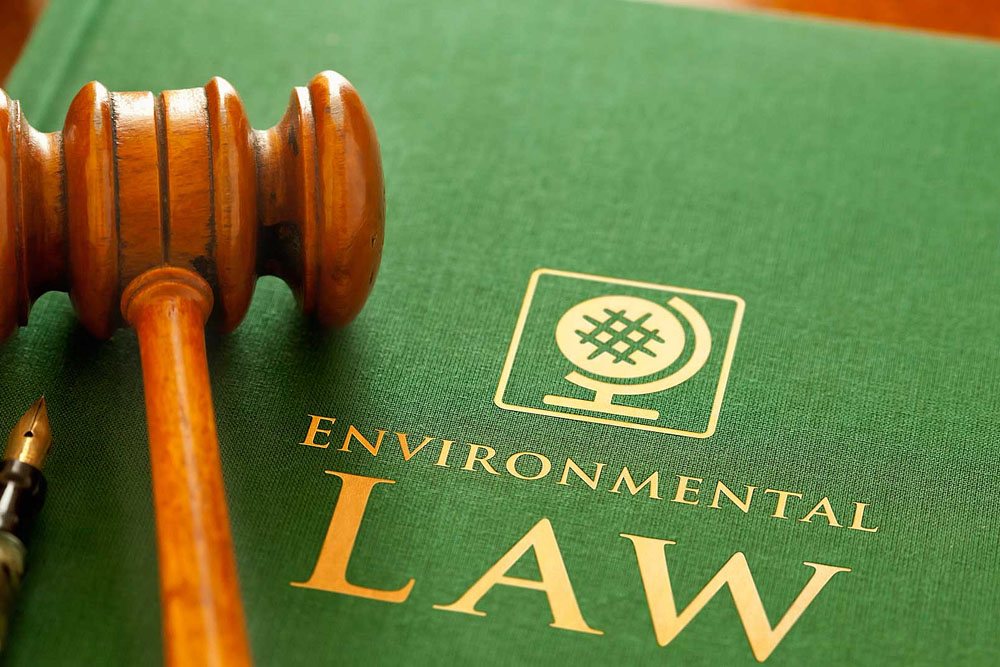Continuing with the previous entry, in this installment I will present some lines regarding the interpretation of the Scope of the Authorization in Matters of Environmental Impact.
As already discussed, the referenced authorization must be obtained, by the project in question, prior to the realization of any of the phases of the same, understood as these:
- (I) Preparation of the site
- (II) Construction,
- (III) Operation and maintenance
- (IV) Abandonment of the site.
An Authorization in Matters of Environmental Impact is not perpetual, and does not necessarily cover all of the phases mentioned.
Although this seems to be clear, there are many times that, in the exercise of the profession, carrying out reviews of the documentation of various establishments, I have found obsolete Authorizations, in relation to the stage passed by them.
As an example, it is common to find establishments, whose responsible personnel are understood to comply with the applicable environmental legislation, where operational activities are being carried out within them, with only the Authorization in Matters of Environmental Impact for the Construction stage on the site.
Another recurring case at a practical level, deals with Authorizations issued by the competent authority, where deadlines are displayed for each of the initial phases, limiting the authorization times for the preparation of the site, for its construction, and finally for its operation and maintenance. Although the deadlines in the resolutions of the Authority are clear, the records of the establishments having complied with them are not so clear.
Since there are these types of authorizations with defined deadlines for each phase, it would be necessary for the establishment to have accurate records of the dates on which each of them was completed.
If there are delays in time to move from one phase to another, exceeding the terms of a phase, without notifying the authority, or requesting an extension for the case in question, the same will have been carried out without Authorization, in breach of the need to obtain it prior to the deployment of activities.
In line with the above, it is common to make the mistake of thinking that, if the time incurred in a phase has been greater than that stipulated in the Authorization, the calculation of the following phase will begin at the time of the completion of the delayed phase, which is not provided for in current legislation.
In order to avoid any type of misunderstanding, and to ensure compliance with the deadlines granted, it is positive to notify the authority of the dates on which the end of each phase is reached, to record and review each event. Likewise, in the event of delays, it is necessary to submit requests for extensions before the deadlines for each phase are exhausted.
With the risk of incurring in a repetition, one must not lose sight of the fact that:
- An Environmental Impact Authorization will not necessarily cover all the phases or stages of the project on which it falls.
- Carrying out a phase outside the deadline granted for it is equivalent to carrying out activities in an unauthorized manner.
The proper control of the scope (and validity) of the Environmental Impact Authorizations is the obligation of those responsible for each establishment, in order to avoid falling into situations of non-compliance.
Leandro M. Lamas Stalla
Deputy Project Director
CIS Consultants








